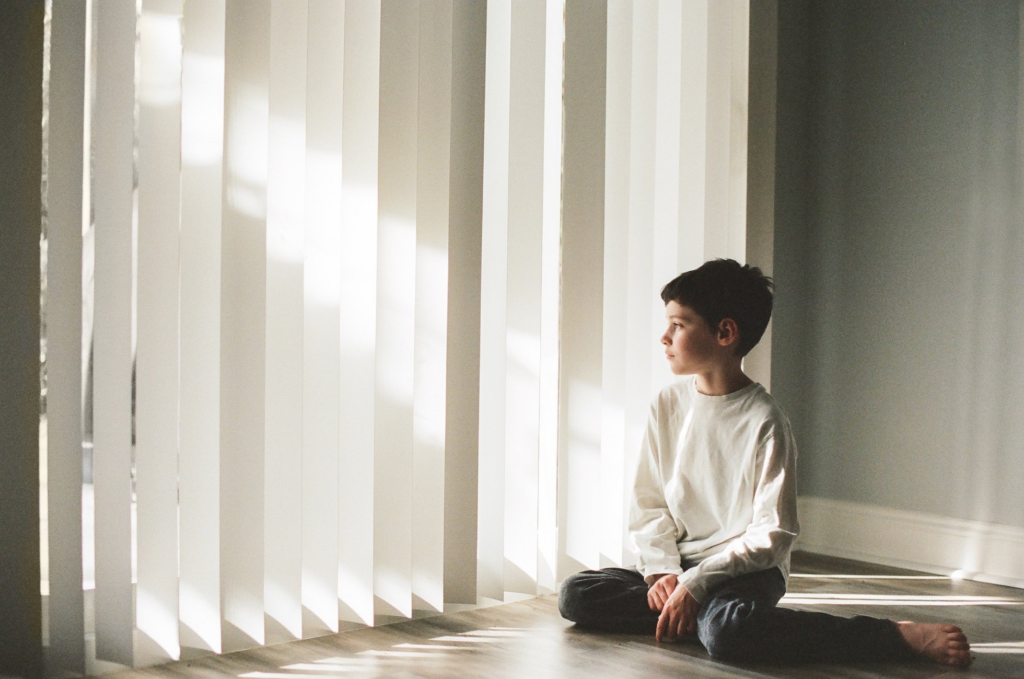Every single line means something. (Jean-Michel Basquiat)
Welcome to another exciting feature in my photography tutorials. Today, we’re about to go on a fascinating journey into the world of lines – but not just any lines. Remember those composition classes you took as a beginner? I’m sure you’ve heard about leading lines, but today, I’m taking it a step further.
I’m not just talking about leading lines that draw the eye into an image, but also exploring different types of lines and how they can add direction, movement, and balance to your photos. Yes, you read it right! Lines can do all that and much more. They are one of the most potent tools in your photographer education arsenal. If you’re a seasoned photographer or someone who is looking to grow as an artist, this deep dive into the art of using lines in photography composition is bound to elevate your work to new heights. Ready to transform your photographic journey?
What Are Lines in Photography
Lines are a powerful tool in photography that can be used to create a sense of direction, movement, balance, and drama in your images. There are many different types of lines that can be used in photography, including:
- Horizontal lines
- Vertical lines
- Diagonal lines
- Converging lines
- Implied ines
- Curved lines
Horizontal Lines
Horizontal lines in photography can convey a sense of stability, calm, and peace. They can also be used to anchor the composition of an image, or to create a sense of depth or perspective.

Easy examples of horizontal lines to find:
- The surface of a body of water
- A tabletop
- A window sill
- A fence
- A road
Use the rule of thirds. The rule of thirds is a compositional guideline that divides the frame into thirds, both horizontally and vertically. Placing your horizon line along the bottom or top third of the frame can help to create a sense of balance and stability.

Vertical Lines
Vertical lines can divide the frame and create the feeling of height or even strength.


- If you are working with a landscape photograph, vertical lines can be used to create a sense of height and grandeur
- You can use vertical lines to lead the viewer’s eye through a portrait photograph, or to create a sense of strength and power.
- When you work with vertical lines, they can be used to create a sense of tension or drama in a street photography photograph.
Diagonal Lines in Photography
Diagonal lines can make an image feel very dynamic. They provide a sense of motion or energy.

- Diagonal lines can be used to lead the viewer’s eye through a portrait photograph, or to create a sense of tension or drama.
In the photo below… even just that slight diagonal angle gives the photo more drama and the illusion of her sitting higher than she should be adding tension and uneasy to a very simple image.

I love to crop/rotate and image to achieve a diagonal line that runs from corner to corner.

The diagonal sun flare, mimicking his arm and leg movements add to the drama and feeling of movement and energy.

Converging Lines
Converging line work very well as leading lines and can be used to create depth.



Implied Lines
Implied lines are less literal but can be created by things likes gesture or gaze and can move a viewer through the frame or create a sense of balance.
In the photo below, the light lines (created by a prism) lead us to our subject, but his gaze leads us on through the frame, wondering what he is looking out at.

The light lines lead us to our subject and his gaze send us back.

In the photo below, his long shadow and the curb line lead us to our subject, and then his implied gaze to the mailbox creates the story of him finding the box he is going to open.

Curved Lines in Photography
As a photographer, curves can be used to gently guide the user’s eye around a frame.


I purposely cropped this image to all the curved diagonal lines to meet corner to corner in my frame..

When using lines in your photography, it is important to consider the following factors:
- The type of line: The type of line you use will affect the mood and feel of your image. For example, horizontal lines might create a sense of calm, while diagonal lines might create a sense of movement.
- The direction of the line: The direction of the line can also affect the mood and feel of your image. For example, a line that leads the viewer’s eye into the image might create a sense of mystery, while a line that leads the viewer’s eye out of the image might create a sense of openness.
- The placement of the line: The placement of the line in the frame can also affect the mood and feel of your image. For example, a line that is placed in the center of the frame might create a sense of balance, while a line that is placed off-center might create a sense of tension.
- The context of the image: The context of the image will also affect the way the lines are perceived. For example, a line that is used to lead the viewer’s eye to a specific subject might be more effective in a portrait photograph than in a landscape photograph.
Look for lines in the natural world and in your everyday life. There are lines everywhere! Pay attention to the lines in your surroundings and see how you can use them in your photography.
MEET LORI PICKENS, PARKERSBURG, WV PHOTOGRAPHER
Lori Pickens is a Mother, Wife, and Tech Geek from Parkersburg, WV. She is a true lifelong local and has been photographing in the area for over a decade. She serves families from Parkersburg, WV to Marietta, OH. Lori is also a Click Pro Elite and Click Community Mentor. When she’s not capturing pictures or spending time with her kids, she enjoys organizing her lists and spending time on her family farm!
Be sure to follow me on Instagram, Facebook, and Pinterest for more tips, tricks, and resources for photographers!
OTHER RESOURCES FOR PHOTOGRAPHERS
I have a few tools in my toolbelt that will help you grow into the photographer you’ve always wanted to be! Whether you are prepping to be a Click Pro Elite or you are just ready to start leveling up and making new goals check out these resources to help you grow!
Becoming A Click Pro
The Click Community
Must Have Tools for your Photography Business
What’s in my Bag – Cameras, Lenses, and More
Fearless Indoor Light – a Self-Paced course
Indoor Light Challenge
Film Challenge
(for the challenges, you must be in the Click Community)
